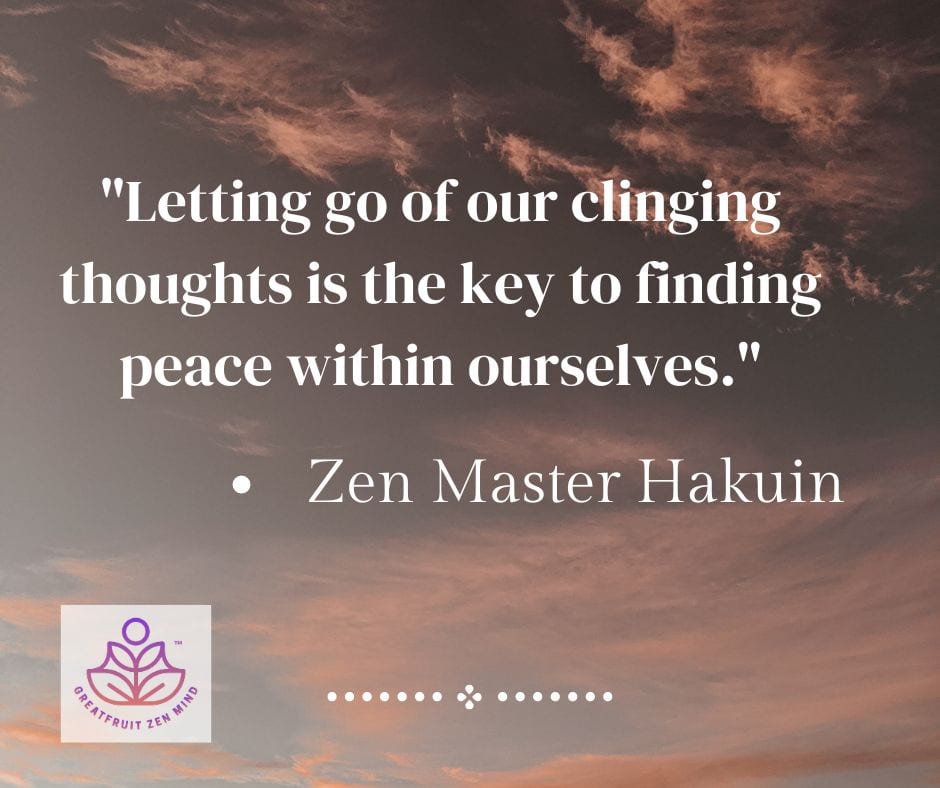Read time 3 minutes. What do we mean by ‘practice of letting go?’ This stand alone article is part of our letting go series.
Over the past few lessons, we’ve unpacked the layered nature of emotional activity. We explored mood as the ego’s barometer, emotions as the voice of instinct, and the feedback loops fueled by imagination. Most recently, we identified inauthentic emotion as the result of storytelling—how we think we should feel, rather than how we do.
Now, we begin the actual work.
Letting go means letting be
We’ve spent years believing that imagination would save us. That it would solve our discomfort. But the truth is: it’s done more to deepen it.
Now, we see the usefulness in its inactivity. We stop leaning on the story, and we start looking beneath it. The imagination becomes a guidepost—not something to suppress, but something to notice and gently move beyond.
When we turn our attention toward the underlying emotional state, the narrative loosens. The body softens. And the underlying mood—vague and heavy as it may be—begins to dissolve. Not because we fix it. But because we see it.
That’s the shift.
How the practice of letting go begins
So what does this feel like in real time?
It starts by looking inward. As often as possible, in the middle of ordinary life, we glimpse the state beneath the surface—that low, undefined unease.
And when we see it clearly, without commentary, something surprising happens: it vanishes
This work is a split second decision to abandon our old way of doing things. This is not magic. Nor is it a technique. It’s a moment of returning. It’s what Zen calls not-doing—a quiet willingness to abandon our usual strategies. No reasoning. No reframing. Just awareness.
Early on, we may have to remind ourselves of the value in this. And it is a decision we will have to be willing to make time and time again. Eventually, it becomes natural—an instinct without thought.
What the practice of letting go actually lets go of
This practice is not about labeling feelings. The moment we name it—I feel off, I feel stuck, I feel low—we’ve kicked the narrative back into gear. We’re no longer with the state itself. We’re in reaction to it.
But if we stay with it—if we observe the malaise directly—it dissolves. It reveals itself as illusion. As nothing. For a brief second, we’re centered again. Until, of course, the mind revs up once more.
No problem. We notice it. And we start again.
There’s no frustration in this. No scorekeeping. Just a rhythm. A returning. And then a quiet remembrance of center.
The exact nature of this underlying state is hard to put into words. You’ll have to feel it for yourself. But once you do, you’ll know what to look for.
This practice—this split-second turn toward center—has become a keystone in my own inner work. There are subtleties we’ll explore in future lessons, but for now, I encourage you to try it. Let the experience itself be the teacher.
You may find, even briefly, the freedom that lives beneath your imagined suffering.
Explore more:
As with some of the other teachings, the technique discussed in this article has roots in other common psychological and therapeutic traditions. This Wikipedia article on cognitive shifting or redirecting awareness offers some great insight and context to the discussion at hand.
–
We do this for each other.
Let’s do it together.
Join The Undercurrent.
Stay involved. Stay connected.
🌀 From the GZM Archives – Polished, Preserved, Still Relevant.


Leave a Reply